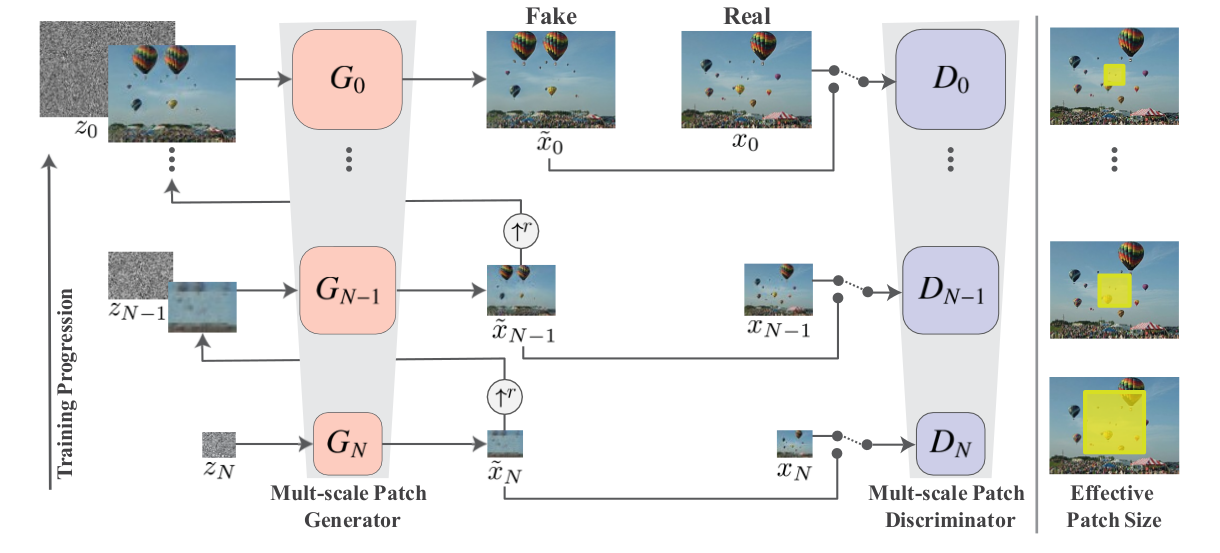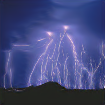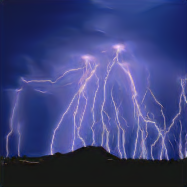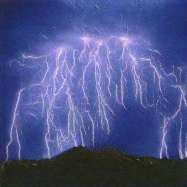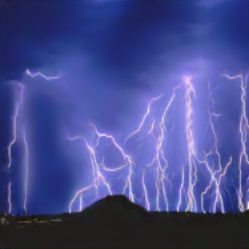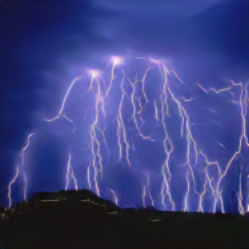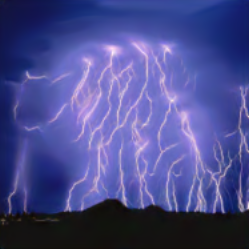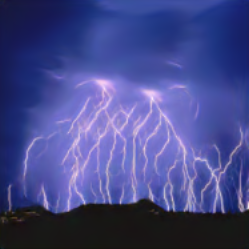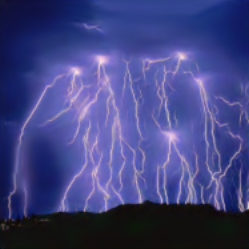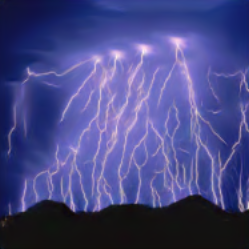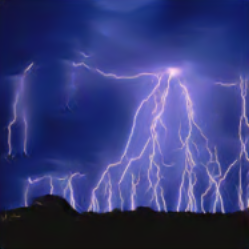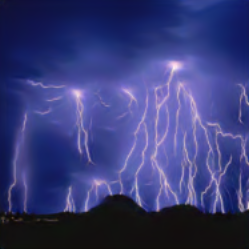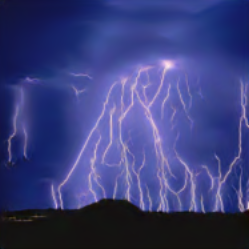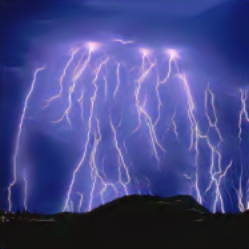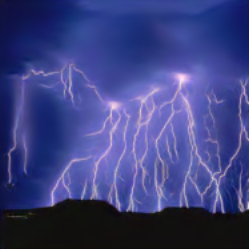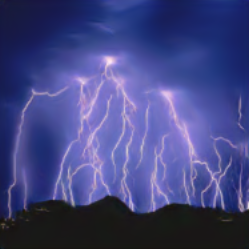Pytorch implementation of "SinGAN: Learning a Generative Model from a Single Natural Image" (arxiv)
This implementation is based on these repos.
- Pytorch Official ImageNet Example
- Official Repository of " Which Training Methods for GANs do actually Converge?"
We introduce SinGAN, an unconditional generative model that can be learned from a single natural image. Our model is trained to capture the internal distribution of patches within the image, and is then able to generate high quality, diverse samples that carry the same visual content as the image. SinGAN contains a pyramid of fully convolu- tional GANs, each responsible for learning the patch distri- bution at a different scale of the image. This allows generat- ing new samples of arbitrary size and aspect ratio, that have significant variability, yet maintain both the global struc- ture and the fine textures of the training image. In contrast to previous single image GAN schemes, our approach is not limited to texture images, and is not conditional (i.e. it gen- erates samples from noise). User studies confirm that the generated samples are commonly confused to be real im- ages. We illustrate the utility of SinGAN in a wide range of image manipulation tasks.
- Multi-scale GAN with progression
- Initialization via copy
- Scaling noise by the root mean square error between input image and reconstructed one
- Zero padding at the image level (not feature level)
- WGAN-GP loss
- LSGAN loss
- Non-saturating loss with zero-centered gradient penalty
- GAN with Zero-centered GP and larger weight of reconstruction loss exhibits better quality.
- python 3.6
- pytorch 1.0.0 or 1.1.0
- torchvision 0.2.2 or 0.3.0
- tqdm
- scipy
- PIL
- opencv-python (cv2)
-
Download "monet2photo" dataset from https://people.eecs.berkeley.edu/~taesung_park/CycleGAN/datasets/
-
Extract and rename "trainB" and "testB" to "trainPhoto" and "testPhoto", respectively. Then, place "trainPhoto" and "testPhoto" in "SinGANdata" folder
-
Example directory hierarchy :
Project
|--- data
| |--- SinGANdata
| |--- trainPhoto
| |--- testPhoto
|--- SinGAN
|--- models
| |--- generator.py
| |--- ...
|--- main.py
|--- train.py
| ...
- Then, an image in "trainPhoto" will be selected randomly for training.
- data_dir
- Path of dataset. If you follow the example hierarchy, let it default.
- dataset
- Dataset to use. It is fixed to "PHOTO".
- gantype
- Loss type of GANs. You can choose among "wgangp, zerogp, lsgan". Recommend to use "zerogp".
- model_name
- Prefix of the directory of log files.
- workers
- Workers to use for loading dataset.
- batch_size
- Size of batch, it is fixed to "1". SinGAN uses only one image.
- val_batch
- Size of batch in validation, it is fixed to "1". SinGAN uses only one image.
- img_size_max
- Size of largest image. = Finest
- img_size_min
- Size of smallest image. = Coarsest
- img_to_use
- Index of the image to use. If you do not change, it will be sampled randomly.
- load_model
- Directory of the model to load.
- validation
- If you call, the code will go into the validation mode.
- test
- If you call, the code will go into the test mode. But, it is the same as validation essentially.
- world-size
- Do not change.
- rank
- Do not change.
- gpu
- GPU number to use. You should set. Unless it utilizes all the available GPUs.
- multiprocessing-distributed
- Do not use in this setting.
- port
- Do not use in the setting.
SinGAN uses only one image to train and test. Therefore multi-gpus mode is not supported.
- Use NS loss with zero-cented GP and 0-th gpu. The train image will be selected randomly. It will generate (1052, 1052) images at last.
python main.py --gpu 0 --gantype zerogp --img_size_max 1025
- Use WGAN-GP loss to train and 0-th gpu.
python main.py --gpu 0 --img_to_use 0 --img_size_max 1025 --gantype wgangp
python main.py --gpu 0 --img_to_use 0 --img_size_max 1025 --gantype zerogp --validation --load_model $(dir)
- Running the script in "Train" stores the intermediate results automatically. So, you do not need to run "Test".
